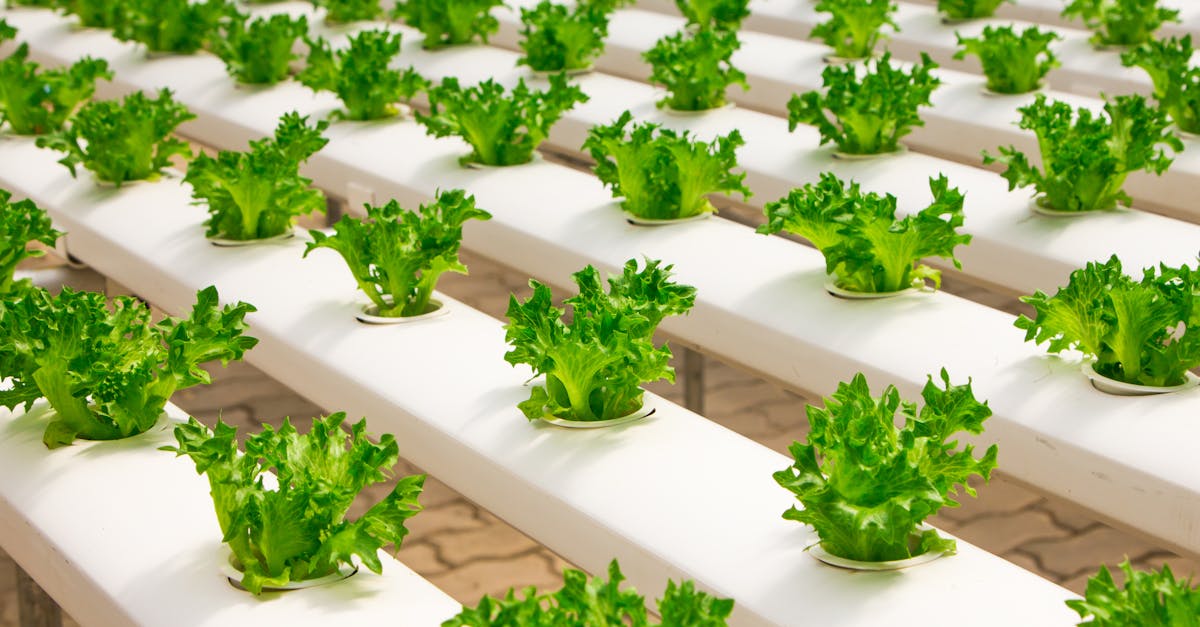Looking to cultivate fresh, crunchy radishes year-round? We’ve got you covered with our guide on growing radishes hydroponically.
Hydroponic gardening offers an innovative and efficient way to nurture your favorite veggies, and radishes are no exception.
In this text, we’ll walk you through the step-by-step process of cultivating vibrant radishes using hydroponic systems.
From selecting the right hydroponic setup to optimizing nutrient solutions, we’ll study into all the essentials you need to know to kickstart your radish-growing journey. Whether you’re a seasoned hydroponic enthusiast or a beginner looking to investigate this cultivation method, we’ve tailored this guide to equip you with the knowledge and confidence to grow radishes hydroponically like a pro. Let’s immerse and figure out the secrets to a bountiful radish harvest, right at your fingertips.
Key Takeaways
- Select the right hydroponic setup that suits your space, budget, and experience level.
- Choose radish varieties like Cherry Belle, French Breakfast, or Watermelon that thrive in hydroponic conditions.
- Prepare a nutrient solution with the correct pH level (5.5-6.5) for optimal absorption.
- Plant radish seeds in a suitable medium, provide adequate light (12-16 hours daily), and maintain an optimal temperature (65-75°F).
- Regularly monitor nutrient levels, pH balance, temperature, and prevent issues like root rot or mold growth.
- Proper ventilation and monitoring are crucial for maintaining a healthy hydroponic environment for successful radish growth.

Selecting the Right Hydroponic Setup
When choosing a hydroponic setup for growing radishes, it’s important to consider the available space, budget, and level of experience. Here are some common options to investigate:
- Deep Water Culture (DWC): Simple and perfect for beginners.
- Nutrient Film Technique (NFT): Ideal for small spaces with a continuous flow of nutrient solution.
- Ebb and Flow System: Versatile and suitable for various plant sizes.
Consider our detailed guide on selecting the right hydroponic system, which provides valuable insights on each setup’s pros and cons. After all, the key is to choose a system that aligns with your needs and goals.
Choosing the Best Radish Varieties
When choosing radish varieties for our hydroponic garden, we want to consider ones that thrive in these conditions. Some popular options include:
- Cherry Belle: A classic, fast-maturing radish with a crispy texture and mild flavor.
- French Breakfast: A longer radish with a red top and white tip, known for its peppery taste.
- Watermelon Radish: Vibrant pink inside, green outside, and a mild, sweet flavor.

Preparing the Hydroponic Nutrient Solution
When setting up our hydroponic radish garden, preparing the nutrient solution is key. Here’s how we do it:
- Start by filling the hydroponic reservoir with water.
- Add a hydroponic nutrient solution suitable for root vegetables.
- Ensure the pH level of the solution falls between 5.5 and 6.5 for optimal absorption.
- Monitor the nutrient levels regularly to maintain a healthy growing environment.
For more detailed guidelines on preparing hydroponic nutrient solutions, check out this resource on hydroponic nutrient management.
Planting Radish Seeds in the Hydroponic System
When planting radish seeds in the hydroponic system, follow these steps:
- Prepare the growing medium: Use a suitable medium like perlite or coconut coir.
- Plant the seeds: Place the seeds in the medium, ensuring they are not too deep.
- Provide adequate light: Radishes need around 12-16 hours of light daily.
- Maintain optimal temperature: Keep the environment around 65-75°F.
- Monitor nutrient levels: Check regularly and adjust nutrient solution as needed.
For more detailed instructions on planting radish seeds, refer to this helpful guide.

Monitoring Growth and Maintaining the Hydroponic Environment
When growing radishes hydroponically, regular monitoring is critical to ensure optimal growth. We need to keep an eye on nutrient levels, pH balance, and temperature. If the pH drifts out of the ideal range (between 5.5 and 6.5), it can impact nutrient uptake. Maintaining the right temperature within 18-22°C (65-72°F) is important for radish development. Monitor light exposure to avoid any shading issues.
To ensure a healthy environment, regularly check the system for any root rot or mold growth. Proper ventilation is key to prevent any moisture-related problems. Keep records of your observations for troubleshooting.
For detailed guidelines on monitoring and maintaining your hydroponic system, check out this hydroponic growing systems guide.
After all, a well-maintained hydroponic environment is the key to successful radish growth.
